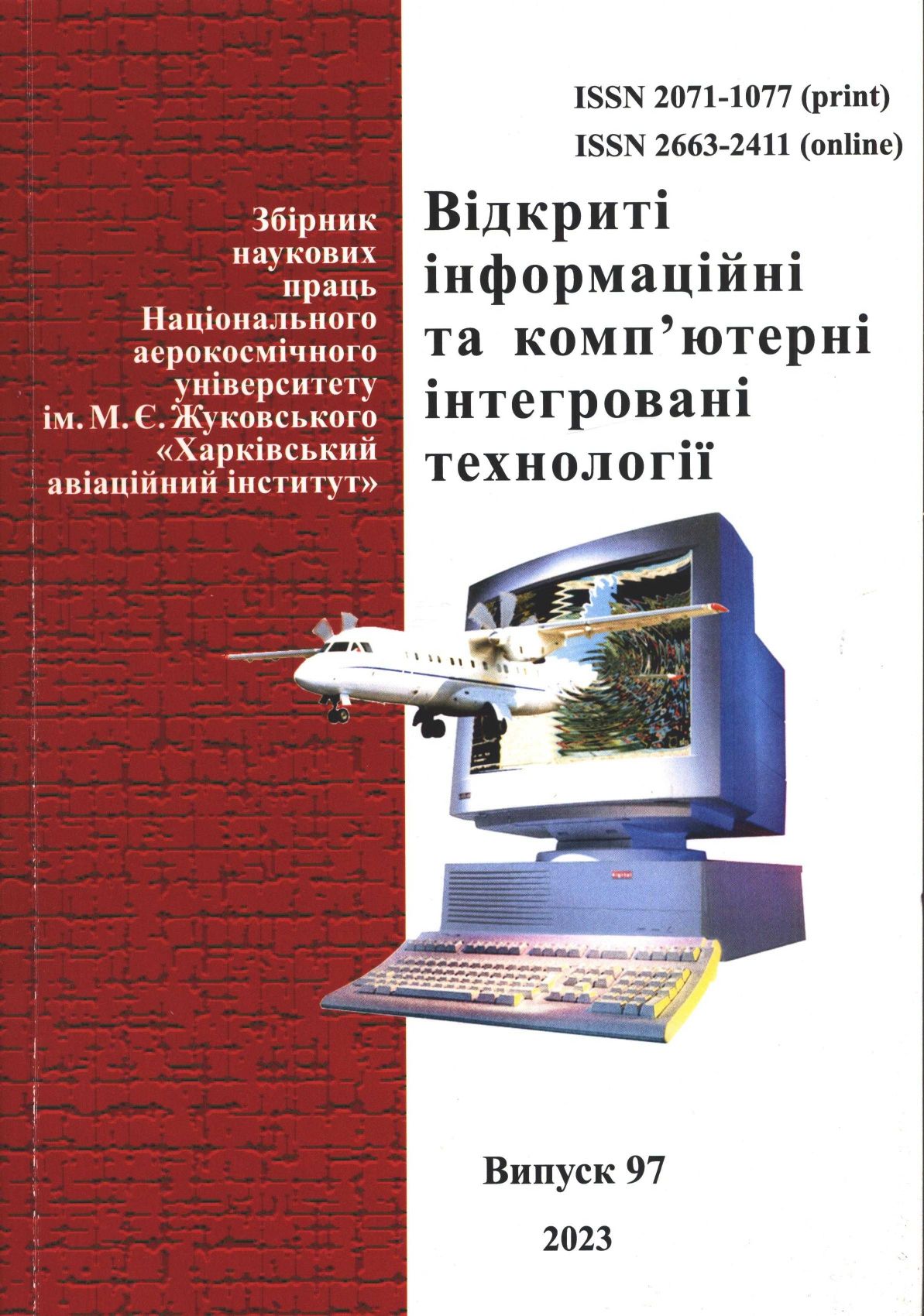Нова розрахункова методика моделювання стругання металу
Abstract
Методи різання на машинобудівних підприємствах мають долю 50-70% усього обєму
механічної обробки деталей. Внаслідок цього, особливо з урахуванням використання
нових матеріалів, нових режимів різання та нового обладнання, задачі різання з
підвищення продуктивності, точності обробки, міцності та стійкості інструменту,
ефективності обладнання будуть ще довгий час актуальними. В звязку з цим виникає
потреба в методах дослідження процесів різання. Визнано, що експериментальний
спосіб рішення задач різання майже вичерпав свої можливості, тому потрібно розвивати
теоретичний підхід, який має два основні напрямки. Перший напрямок – це побудова
аналітичних співвідношень, які описують взаємозвязок параметрів різання та
дозволяють розрахувати потрібні значення параметрів в кожному випадку, на основі
узагальнення статистичних даних або на основі припущень . Другий напрямок
передбачає формулювання та рішення задач різання на основі використання
фундаментальних законів механіки деформівного твердого тіла. В цьому напрямку
важливу роль відігріває метод скінченних елементів. В наш час використовуються три
різновиди МСЕ для моделювання різання з відділенням стружки від деталі: метод
Ейлера, метод Лагранжа та ALE (arbitrary Lagrangian-Eulerian). Кожний із різновидів має
суттєві недоліки. Методи Ейлера та ALE потребують попереднього визначення форми
тіла стружки та використовуються для розрахунків регулярних режимів різання. Метод
Лагранжа потребує використання адаптивних мереж та «викидання» скінченних
елементів, в яких здійснюються умови руйнування, що викликає порушення балансу
маси та енергії. До того ж усі ці методи занадто трудомісткі. В наш час зявляються нові
методи дискретизації диференціальних рівнянь, зокрема, SPH (smooth particle hydraulic),
які вільні від вказаних недоліків. Цей метод потенційно вільний від вказаних недоліків.
Він був використаний для рішення подібних задач. Стаття містить формулювання
математичної задачі різання, опис розрахункової моделі, зокрема змішаної дискретизації
МСЕ-SPH, а також результати. Cutting methods on machine-building enterprises have a stake of 50-70% of
machining total volume. Hereupon, especially taking into account the use of new
materials, new modes of cutting and new equipment, cutting tasks on the increase of
the productivity, part processing accuracy, durability and strength of instrument,
efficiency of equipment will be yet long time actual. In this connection there is a
requirement in the methods of research of cutting processes. It is confessed that the
experimental method of decision of cutting tasks almost exhausted the possibilities,
that is why it is needed to develop theoretical approach that has two basic directions.
The first direction is a-the construction of analytical correlations that describe
relationship of cutting parameters and allow to expect the necessary values of
parameters in every case, on the basis of generalization of statistical data or on the
basis of suppositions. The second direction envisages formulation and decision of
tasks of cutting on the basis of the use of fundamental laws of mechanics of the
deformed solid. In this direction an important role is played by the method of finite
elements. In our time three varieties of FEM are used for the simulation of cutting with dissociating of chip from a detail: method of Euler, method of Lagrange and ALE
(arbitrary Lagrangian- Eulerian). Each of varieties has substantial disadvantages.
The methods of Euler and ALE need preliminary determination of form of body of
chip and used for the calculations of the regular modes of cutting. The method of
Lagrange needs the use of adaptive nets and "throwing" out of erosion elements, that
causes violation of balance of mass and energy are executed in that. Besides all
these methods have too high cost The new methods of discretization of differential
equalizations appear in our time, in particular, SPH (smooth particle hydraulic), that is
free of the indicated defects. This method is potentially free of the indicated defects.
It was used for the decision of similar tasks. The article contains mathematical
problem of cutting definition, description of calculation model, discretization of FEMSPH
mixed in particular, and also results.

